Boithakata Bazar - One of the largest floating wholesale markets of the world – GetBengal story
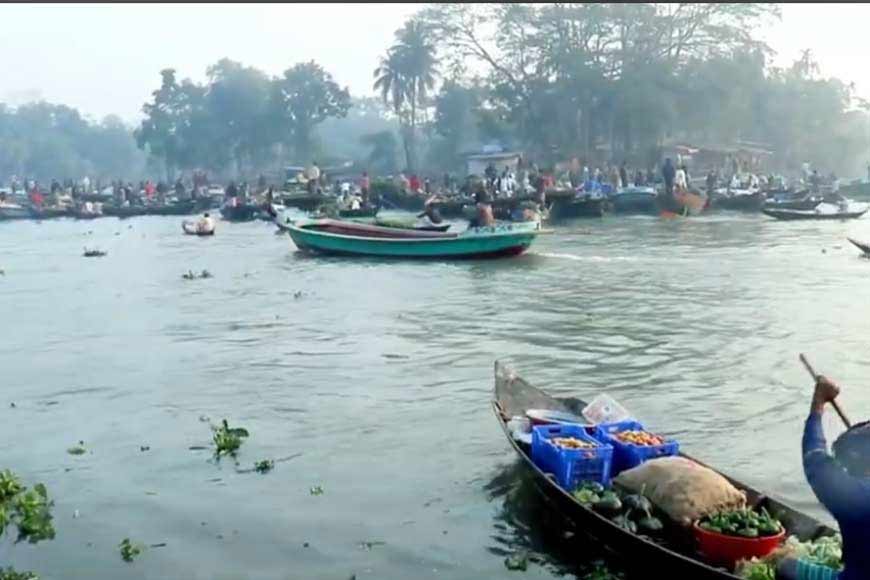
Since ancient times, people have settled in areas around waterbodies. Rivers served as a means of transportation and were the centre of economic activity. The farmers and producers use boats to bring in their goods for trading. These riverside communities established floating markets, which became trading hubs. Now, a majority of floating markets are tourist attractions and are mainly found in Myanmar, Thailand, Indonesia, Vietnam, Sri Lanka, Bangladesh, and India. Bangladesh is slowly establishing itself as a vibrant and rapidly expanding market.
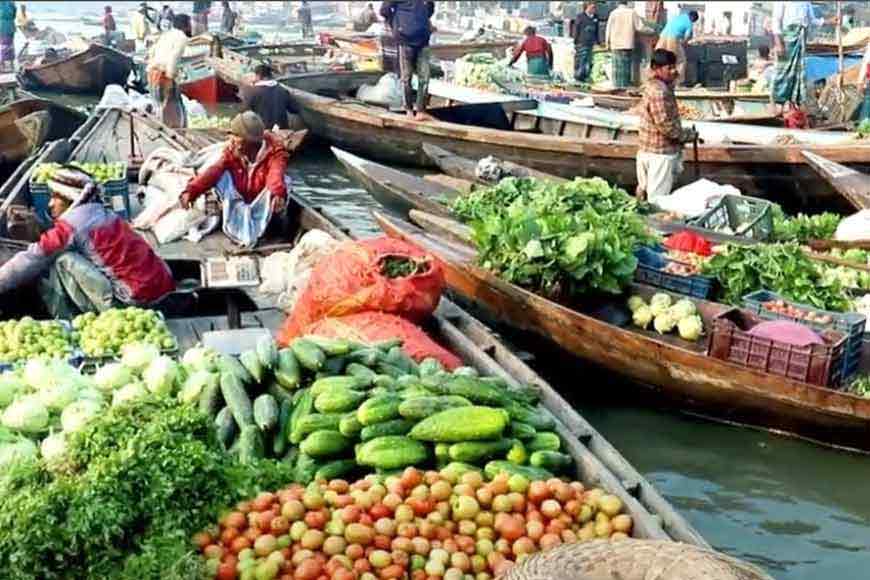
Bangladesh is a riverine country on the Ganga-Brahmaputra delta, the largest delta on earth. Hundreds of rivers flow through the country, making them an important route of communication and transportation in Bangladesh. Although many rivers in northern Bangladesh are only navigable during the monsoon season, most rivers in southern Bangladesh are navigable all year. In southern Bangladesh, trade and commerce, as well as the transportation of agricultural commodities, rely heavily on waterways. Farmers ply their agricultural products on their boats through rivers and canals. Traders use motorised boats to carry their goods. This has led to the formation of multiple floating markets across the region, where both buyers and sellers ride on boats to conduct trade.
Also read : Museum that reminds us of the truth of 71
The Boithakata floating market on the Belua River in Pirojpur, Bangladesh, has evolved into a major centre for wholesalers. Many merchants depend completely on the century-old market to carry out business. The floating market connects Nazirpur and Nesarabad upazilas under Pirojpur district and Barishal’s Banaripara upazila. Residents of three upazilas benefit directly from the century-old floating haat at Boithakata.
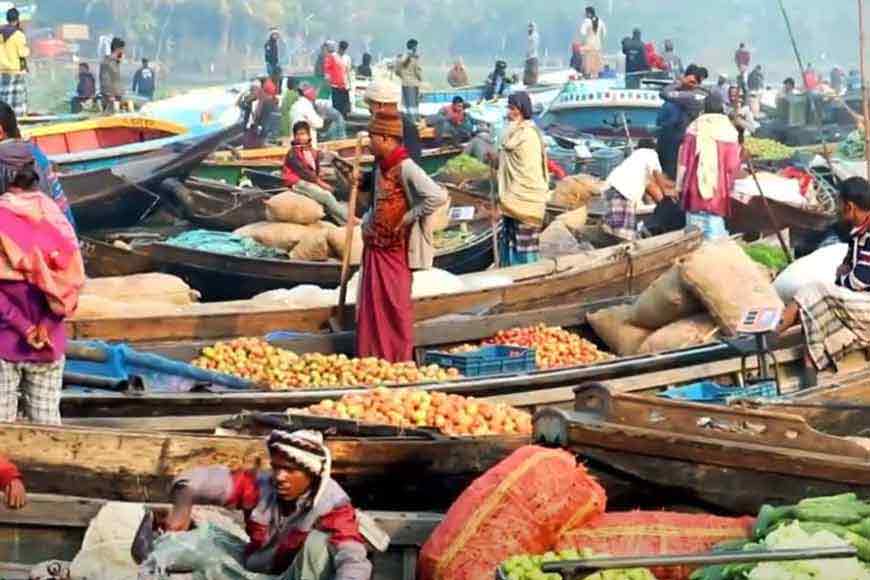
The floating markets of Swarupkathi subdistrict, Pirojpur district, and Jhalakathi district are renowned across Bangladesh. The Atghar-Kuriana and Bhimruli floating markets attract hundreds of thousands of tourists every year. These markets are mainly farmers’ markets, where they bring their agricultural products on small dingy boats and supply them to the wholesalers waiting in large, motorised boats.
Although these floating markets are very popular tourism spots, they offer very few varieties of products. However, there are other floating markets in the region that sell a variety of products. The Boithakata floating market is a farmers’ market held twice a week on Tuesdays and Saturdays on the confluence of the Belua River and a canal by the east and south sides of the Boithakata Bazar in the Nazirpur sub-district of Pirojpur district.
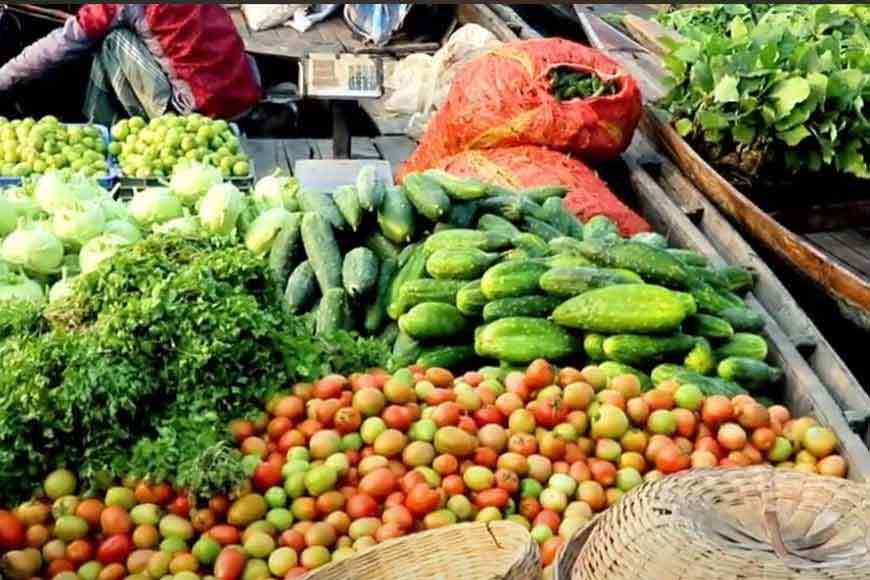
Farmers from three sub-districts—Nadirpur and Swarupkathi of Pirojpur district and Banaripara of Barishal district—bring their agricultural products here on boats for sale. Wholesale buyers from different parts of the country converge here to buy goods. The market sits at dawn and packs up by 11 a.m. Small farmers arrive at the market at dawn with their goods. They row their boats along the motorised boats of the wholesale buyers to sell their goods. The large variety of goods represents the diversity of agricultural production in the region. There is an exclusive floating wholesale rice market on the south side of the market. Wholesale buyers walk from one boat to another deftly while interacting with sellers who sell them their wares. A huge amount of goods exchange hands in the Boithakata floating market within a short time.
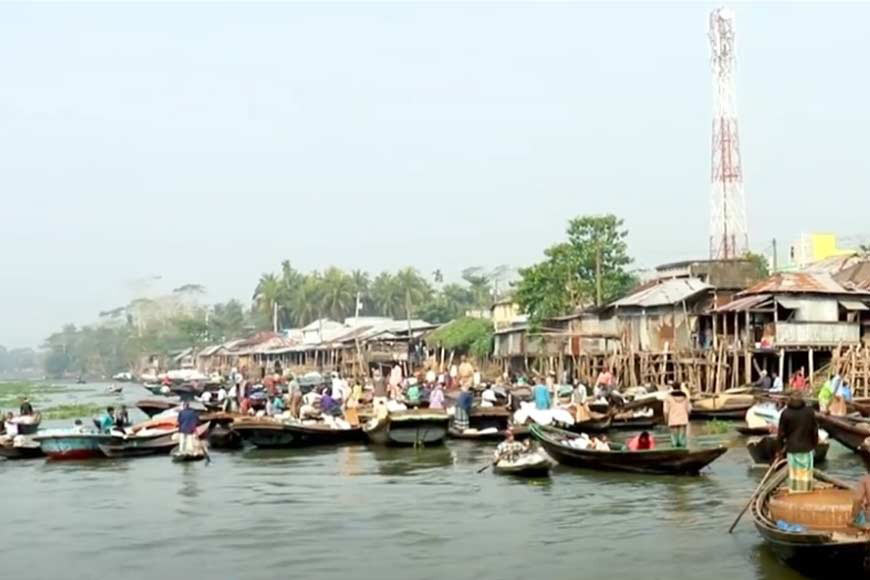
Though the floating market remains active throughout the year, it is more crowded during the winter season when the vegetables produced in the marshland and saplings of vegetable plants grown on floating seed beds become available. Rice, puffed rice, coconut, straw, eggs, poultry, and other products are sold there. Initially, the century-old market was established on a small scale but has been expanding gradually. Now the market has transformed into a major business centre where products worth more than Tk 30 lakh are sold every day. Sales peak during the summer, when watermelon, mango, and pumpkin hit the market. After buying the products from the market, businessmen transport them to districts such as Barguna, Patuakhali, and Barishal. Thousands of patrons, including farmers and wholesalers, rely on the market to make a living.










